取扱説明書の閲覧は学内からのみ行えます。
- 恒温器 ヤマト科学 IC600
- マルチガスインキュベータ アステック APMW-36
- 炭酸ガスインキュベータ アステック APCW-36
- 炭酸ガスインキュベータ アステック SCI-165
- 炭酸ガスインキュベータ サンヨー MCO-17AI
- 乾熱滅菌器 ヤマト科学 DK600
- 恒温振とう培養器 タイテック BR-15
- 恒温振とう培養器 タイテック BR-23FP
- ブロック恒温槽 タイテック DTU-1B
- 低温ブロック恒温槽 タイテック CTV-2515
- ハイブリダイゼーション・インキュベーター タイテック HB-80
- 小型回転培養機 ローテーター タイテック RT-5
- 振とう恒温槽(ウォーターバス) タイテック PERSONAL-11EX
- 振とう培養器 ヤマト科学 IM400W
- 振とう機 タイテック NR-3
- 撹拌振とう機 タイテック PR-36
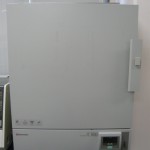
設置場所: 203 試料調整室, 301共同利用実験室, 402 微生物培養室(2台)
仕様: 150リットル、室温+5℃〜60℃
取扱説明書(学内のみ)
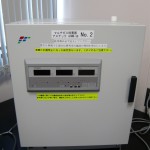
設置場所:402 微生物培養室, 405 動物培養室
仕様:CO2濃度範囲:0〜19.9%, O2濃度範囲:1.0〜94.0%, 室温+5℃〜50℃, ウォータージャケットタイプ, 内容量:36ℓ
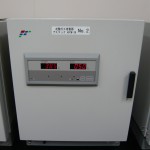
設置場所:405 動物培養室
仕様:CO2濃度範囲:0〜19.9%, 室温+5℃〜50℃, ウォータージャケットタイプ, 内容量:36ℓ
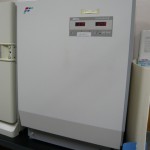
設置場所:405 動物培養室
仕様:CO2濃度範囲:0〜19.9%, 室温+5℃〜50℃, ウォータージャケットタイプ, 内容量:163ℓ

設置場所:405 動物培養室
仕様:CO2濃度範囲:0〜20.0%, 室温+5℃〜50℃, ヒータジャケット+エアジャケット方式, 内容量:164ℓ

設置場所: 203 試料調整室
仕様: 150リットル、40℃〜210℃
取扱説明書(学内のみ)
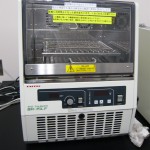
設置場所:301 共同利用実験室, 402 微生物培養室(2台)
仕様:室温+5℃〜70℃, 旋回/往復振とう切換式 20〜200r/min
取扱説明書(学内のみ)
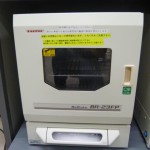
設置場所:301 共同利用実験室
仕様:+15℃〜+60℃, 往復/旋回振とう切換式 20〜300r/min
取扱説明書(学内のみ)
設置場所: 205 学生実験室, 301 共同利用実験室, 303 RNA実験室
仕様:1.5mℓ用、室温+5℃〜110℃
設置場所: 301 共同利用実験室, 303 RNA実験室
仕様:1.5mℓ用、4℃〜50℃
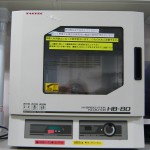
設置場所: 301 共同利用実験室
仕様:室温+5℃〜+80℃, 振とう速度 5〜60r/min, 振とう方式:シーソー、レシプロ、ボトル回転、チューブ転倒撹拌
取扱説明書(学内のみ)
設置場所:203 試料調整室
仕様:回転速度:0.5~5.0r/min
取扱説明書(学内のみ)

設置場所:205 学生実験室, 303 RNA実験室, 407 低温室
仕様:往復振とう, 振とう速度:20〜160回/min, 振幅:10〜40mm可変式, 室温+5℃~+70℃
取扱説明書(学内のみ)
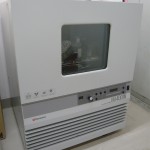
設置場所:407 低温室(前室)
仕様:5〜60℃, 水平回転振とう, 約30〜200回/min 70mm, 500mℓフラスコ×9個、1,000mℓフラスコ×5個
取扱説明書(学内のみ)
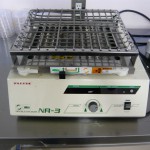
設置場所:205 学生実験室, 301 共同利用実験室, 402 微生物培養室
仕様:往復振とう, 振とう速度:20〜200回/min, 旋回/往復切換式
取扱説明書(学内のみ)

設置場所:301 共同利用実験室
仕様:波動形揺動, 20〜120回/min
取扱説明書(学内のみ)
